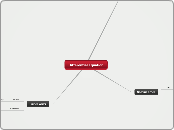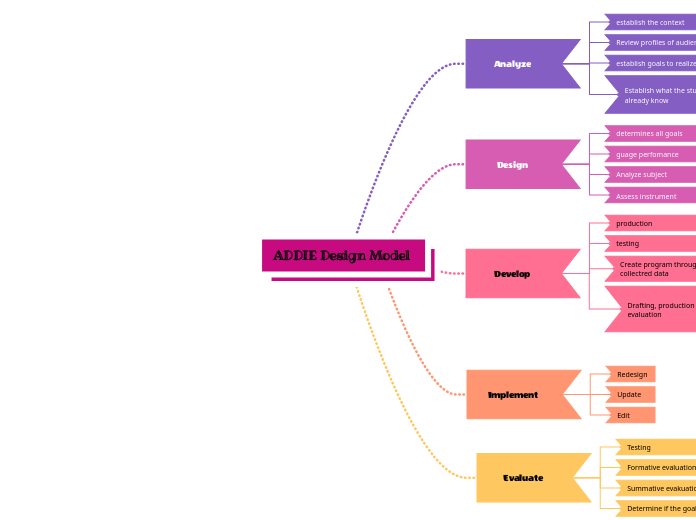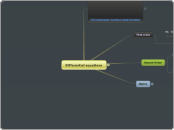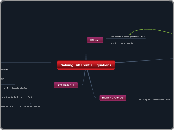Differential Equation
Higher-order
Second-order
Linearize
Analyze a related linear system of an autonomous nonlinear system near an equilibrium
Find numerical solution through Euler's Method
Linear
f(t) not equal to zero
Nonhomogeneous
Constant Coefficients: ay"+by'+cy=f(t)
yh=(e^αt)(c1cosβt+c2sinβt)
yh=c1e^(rt)+c2te^(rt)
Find yp the same way as for Δ>0
yh=c1e^(r1t)+c2e^(r2t)
Find yp by variation of parameters
yp=v1y1+v2y2, where v1'=-y2f/W(y1,y2) and v2'=y1f/W(y1,y2)
If f(t) has the form of two families, we mix the two: for example, y"-y'-2y=(t^2)e^t
Then yp=(At^2+Bt+C)e^t
If f(t) is in Polynomial Family: for example, y"-y'-2y=3t^2-1
Then yp=At^2+Bt+C
Solve for A, B, and C: Find yp', plug it in for y', then find yp", plug it in for y", plug yp in for y. Equate coefficients.
If f(t) is in Trig Family: for example, y"-y'-2y=2cos3t
Then yp=Acos3t+Bsin3t
Solve for A and B: Find yp', plug it in for y', then find yp", plug it in for y", plug yp in for y. Use two equations and two unknowns.
If f(t) is in Exp Family: for example, y"-y'-2y=2e^-3t
Then yp=Ae^-3t
Solve for A: Find yp', plug it in for y', then find yp", plug it in for y", plug yp in for y.
y(t)=yh+yp
f(t) equal to zero
Homogeneous
Two-dimensional system: x'=Ax, Where A is a matrix of constants.
Find Eigenvalues(λ1 and λ2) and Eigenvectors(v1 and v2)
Nonreal Eigenvalues
λ1 and λ2 are of the form α±βi v1 and v2 are of the form p±iq
Xre=e^αt(cosβtp-sinβtq) Xim=e^αt(sinβtp+cosβtq)
x(t)=c1Xre(t)+c2Xim(t)
Real Eigenvalues
x(t)=c1e^(λ1t)v1+c2e^(λ2t)v2
Constant Coefficients: ay"+by'+cy=0
Undamped Harmonic Oscillator:mẍ+bẋ+kx=0, where b=0
x(t)=c1 cosω0 t+c2 sinω0 t, where ω0=√(k/m)
Δ=b^2-4ac
For Δ<0: r1,r2=α±βi, α=-b/2a, β=√(-∆)/2a
y(t)=(e^αt)(c1cosβt+c2sinβt)
For Δ=0: r=-b/2a
y(t)=c1e^(rt)+c2te^(rt)
For Δ>0: r1=(-b+√∆)/2a and r2=(-b-√∆)/2a
y(t)=c1e^(r1t)+c2e^(r2t)
Use IVP to solve for c1 and c2
First-order
Nonlinear
Qualitative Analysis
Logistic Equation
y'=r(L-y/L)y, where r is called the initial growth rate, and L is called the carrying capacity
Linear: dy/dt+p(t)y=f(t)
Perform a Laplace transform of f(t) to get F(s)
Perform a Laplace transform of the equation to get Y(s)
Use the inverse Laplace transform on F(s) and Y(s) to get y(t)
Solve y(t) by using the IVP
Solve Using the Euler-Lagrange Method
Find the solutions to the homogeneous equation: yh=ce^-∫p(t)dt
Solve: v'(t)e^-∫p(t)dt=f(t) for v(t)
Obtain a particular solution: yp=v(t)e^-∫p(t)dt
Combine the solutions to the homogeneous equation and the particular solution: y(t)=yh+yp
Solve Using the Integrating Factor Method
y=(e^-∫p(t)dt)+∫(f(t)e^∫p(t)dt)dt+ce^-∫p(t)dt
Use IVP to solve for c









